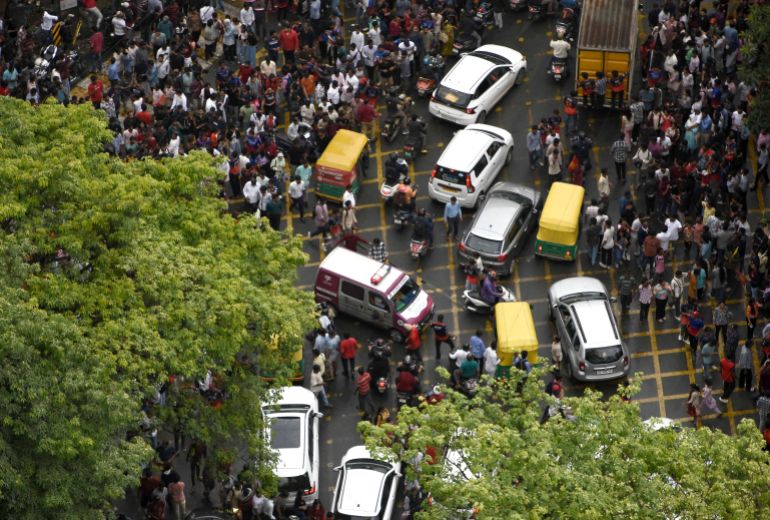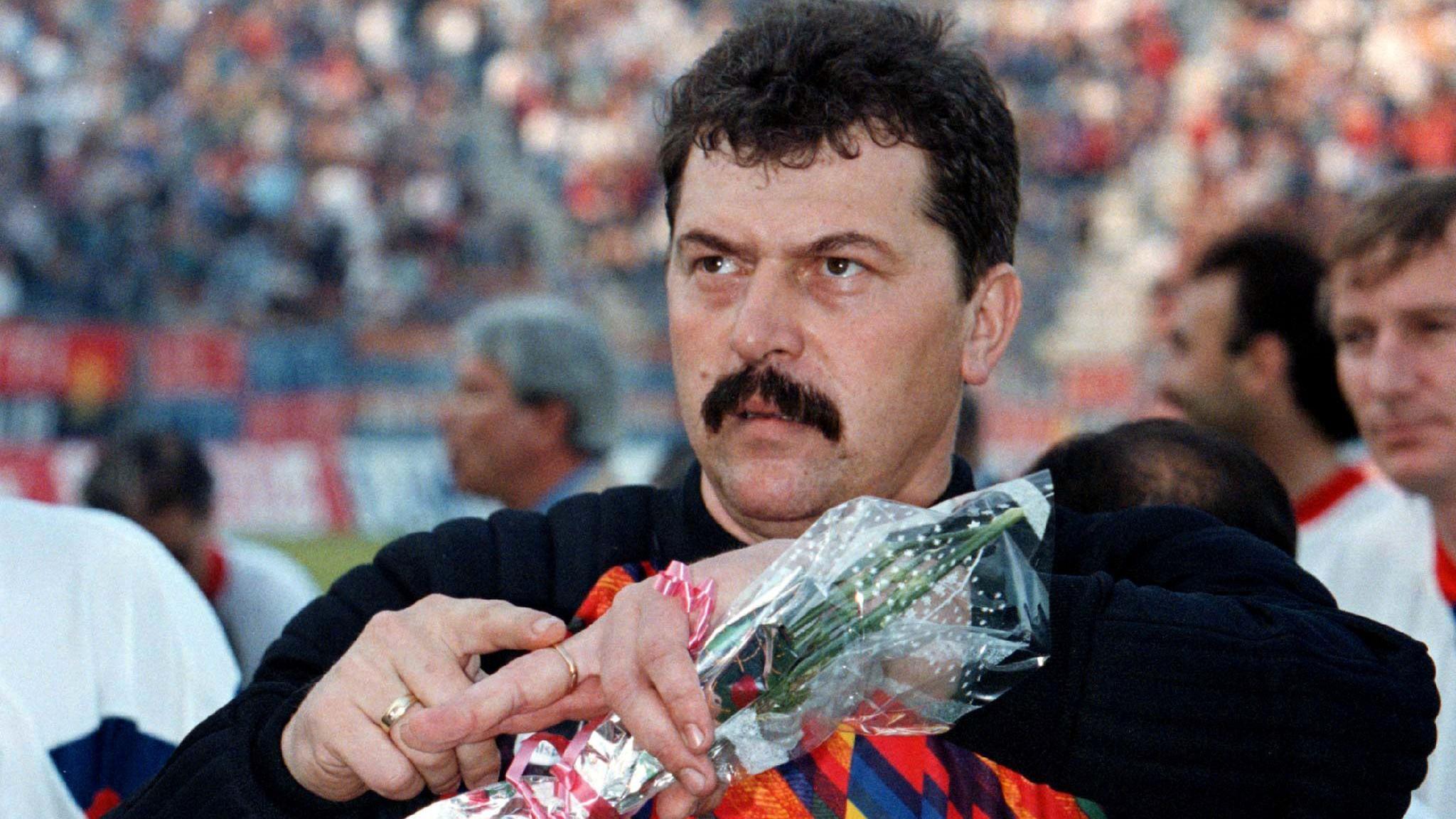By early evening on Friday in Australia the poll in the Sydney Morning Herald had recorded 23,585 votes on the outcome of the series between the Wallabies and the British and Irish Lions.
A Wallabies 3-0 whitewash got a dismal 5%. A 2-1 victory for the home nation sat at 26%. A 2-1 Lions success story attracted 34% of the vote, but sitting at the top, as the most likely outcome in the eyes of the contributors, was a Lions clean sweep – 3-0 getting 36% backing.
“I don’t know how much respect we’ve been shown,” said Wallaby coach and Andy Farrell mentor, Joe Schmidt, the other day. Well, there’s more of it.
These are unprecedented times. Every bookmaker, from Brisbane to Ballydehob, makes the Lions favourites, not just for Saturday’s first Test at the Suncorp Stadium, where they are traditionally strong, but across the span of the series.
When was the last time they were so hotly fancied on a tour such as this? That’s to say, the main body of the tour as opposed to the era when the Lions used Australia for warm-up Tests ahead of the big stuff against South and New Zealand? One hundred years and more. Maybe even as far back as the 1800s when the Lions wore red, white and blue stripes and the Wallabies pale blue.
On Saturday, the Lions will face the world number six side, promoted from world number eight on the back of Argentina dropping down after losing to England and Scotland falling after losing to Fiji.
Australia are missing two of their heaviest hitters – their best player, Rob Valetini, and their hulking lock, Will Skelton. Their fly-half Tom Lynagh has never started a Test before. One of their back rows is making his debut. One of their wings has played once since the end of March and the other has played once since the end of May.
Joseph-Aukuso Suaalii, the talented Wallaby centre, is described as the man who can save Australian rugby. Suaalii is 21 and has played five times for the Wallabies, one of them being a humbling loss to Scotland last autumn when he came out on the wrong side of a collision with Sione Tuipulotu and had to go off injured. There’s not a lot of love lost there. The pair will face each other again at the Suncorp.
As a collective, the Wallabies have had one game – a scratchy win over Fiji – since last November. They’re not so much undercooked as frozen solid. Somehow, Schmidt has to thaw them out in time for Saturday.
Everybody, including Lions folk, should want the Wallabies to find something, though. If this is to be a series to be remembered – rather than a forgettable cakewalk – then the Wallabies have to make it so. They have to rise above their own injury losses and obvious shortcomings and stick one on the tourists in a classic Schmidt heist.
It’s in the Lions’ own interests that the Wallabies turn up. A comfortable win on Saturday and a 3-0 rout would be admirable but hardly heroic. It wouldn’t make their triumph one for the ages.
They’d be recalled as an impressive team who outmuscled and outplayed a poor Wallabies outfit. Well done, but… For these Lions to get recalled fondly they need to be taken to the dark side and then find their way through. Every team on their way to greatness has had to stare down adversity first.
On Friday, Farrell was asked what the Lions needed to get right. “We could be here all night,” he said. “You’ve got to stamp your authority on the game and understand that it’s not going to go swimmingly well all the time. How you react to that sort of stuff. How we are, physically and mentally, that’s going to be the key.”
Russell needs to manage the game and let his brilliance come out, says Sexton

At the Suncorp on Friday, Johnny Sexton stood in a stadium he excelled in as a player. The first Test of the 2013 Lions and his first Test start. A 23-21 win against the Wallabies. Memories.
Not that he was dwelling on the old days. Instead, the Lions kicking coach spoke glowingly of the latest Lions 10, Finn Russell – the man around which the entire team is based. How’s Finn been all week? “He’s been very stressed,” joked Sexton.
“He has been relaxed as always. You wouldn’t know it’s the week of a Test match. You have a perception of him from the outside, and I would have had the same, in terms of a relaxed guy who just takes things in his stride.
“But he does a lot of work behind the scenes and he’s been really good this week in prepping the team. I’m sure Joe [Schmidt] will have a plan [for stopping Russell] because he’ll know how integral he is to our team and will be doing everything he can to put him off.”
Previously, Sexton had called Russell flashy and a media darling. Now? Has the Scot surprised him? “Yeah, he has. In the last couple of years he’s really matured as a player. You can see it – Bath getting to finals, winning trophies, you can’t do that if you’re just that kind of mercurial 10. He’s got his team over the line and he’s won a few trophies and he’s carried that form into here.”
So, flashy no more? “Oh, he’s still flash. He’d hate it if I said ‘no’. In the last couple of years he’s come into his own as a 10 and he’s been able to manage a team, because ultimately the main job that he’s got on Saturday is to manage all the guys around him. And then his brilliance will come out.”
In a sea of doubt, the case for the Wallabies

The Wallabies have lost their past two games at Suncorp but there’s little doubt of the place’s capacity to bring something out in them. Before their defeats by South Africa last year and England two years before, they won a dozen in a row at the Suncorp. The All Blacks (twice) and South Africa (four times) were seen off.
Jon Fisher, recently of London Irish, has been assistant coach with the Queensland Reds since last year. With the Reds he works with four of the starting Wallabies – Matt Faessler, Fraser McReight, captain Harry Wilson and rookie fly-half Lynagh – and has had the chance to watch Schmidt and his team up close.
Not many folk in Australia are giving the Wallabies much hope, but Fisher, the transplanted Englishman, is – and he gets technical in making a case for them on Saturday.
“If you look at the profile of players the Wallabies have in their team, slowing opposition ball down or controlling ruck speed or stealing the ball back is what some of these boys lie in bed at night dreaming of doing,” he says.
“Time and space is not something you want to give the Lions. So you need to get in their face, and get them to the floor quick. McReight [the fiercely combative open-side flanker] is the standout, but any of the players across the front row are strong in that area.”
Fisher can see a world where McReight and the outstanding Wilson can do damage. Up against a savage trio of Tadhg Beirne, Tom Curry and Jack Conan, it’s hard to agree, but he makes the case.
“You have to look at ways teams have beaten Ireland or disrupted Leinster. Defensively the Wallabies need to apply pressure and control the ruck speed and slow the Lions’ carriers down in contact. If they don’t do that – and the post-contact metres start getting out of hand – then those entries into the 22 increase and the Lions have too much power and pace.

The frontline Wallabies have been wrapped in cotton wool since the Lions got here, so what the tourists have done is beat up dramatically depleted franchises.
The Western Force were missing three players who will feature in the first Test, the Queensland Reds were missing five of those in Schmidt’s squad for Suncorp, the Brumbies were missing six and the Waratahs were missing four.
“The Lions haven’t faced a team of Australia’s quality – that is a fact,” says Fisher.
“The Wallabies have to get this ball going forward at a rate of knots in the first three phases. Joe [Schmidt] has an intellect, both tactically and technically, which is market leading. He is a generational coach. The Wallabies will be very well prepared for any chink in the Lions armoury that Joe may have seen.”
Suncorp is sold out, the Lions masses are here and the big day is almost upon us. There was a Lions tour four years ago but it was a joyless grind in Covid times, so you could argue that Saturday has been eight years in the making and not four.
Related topics
- British & Irish Lions
- Rugby Union














